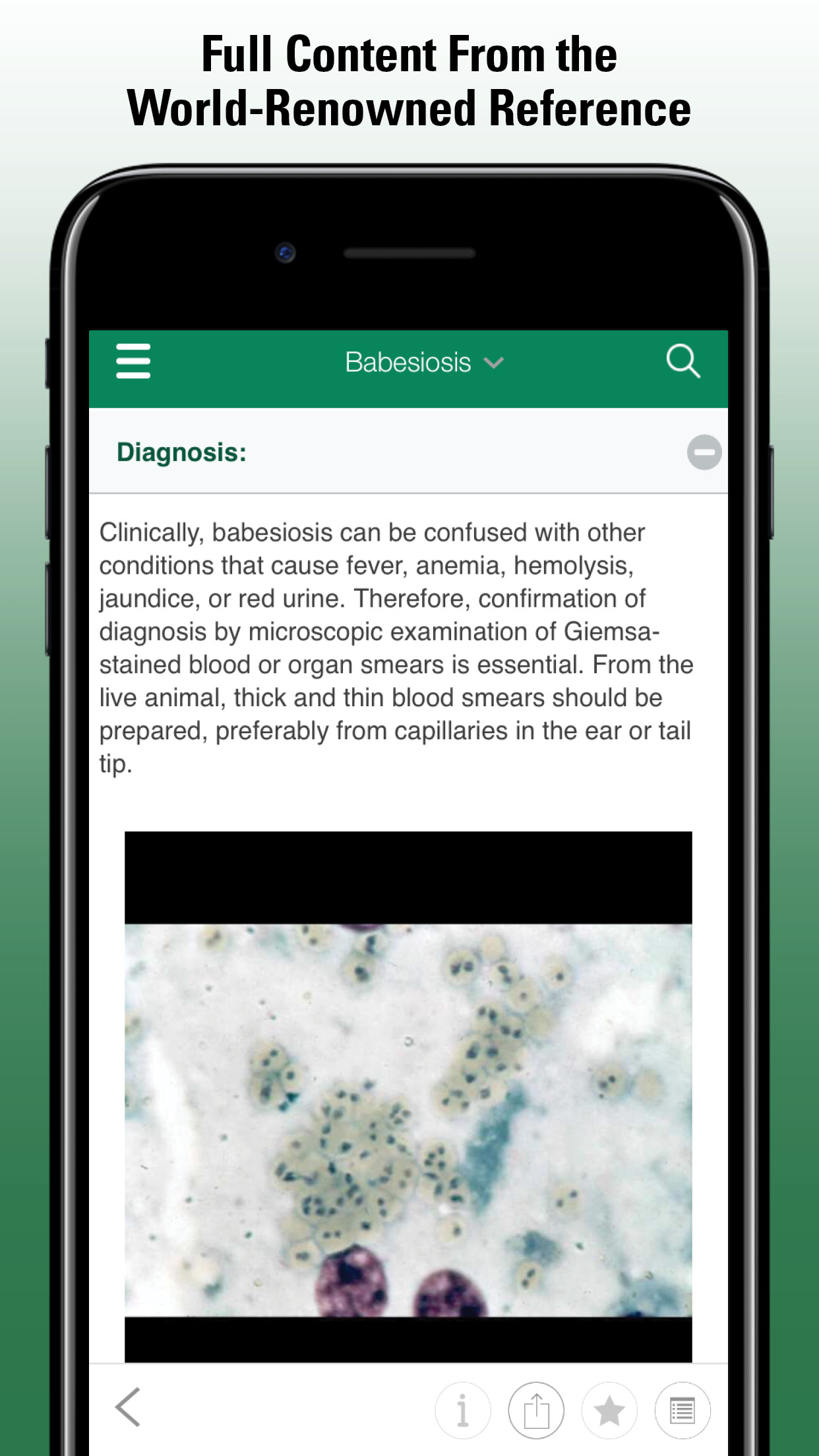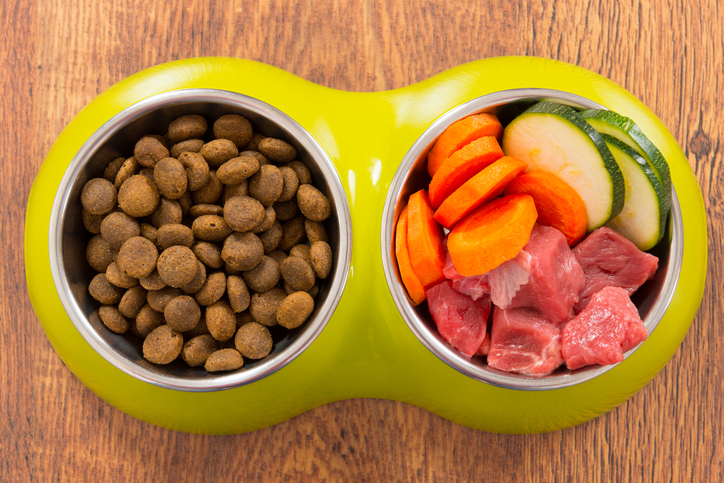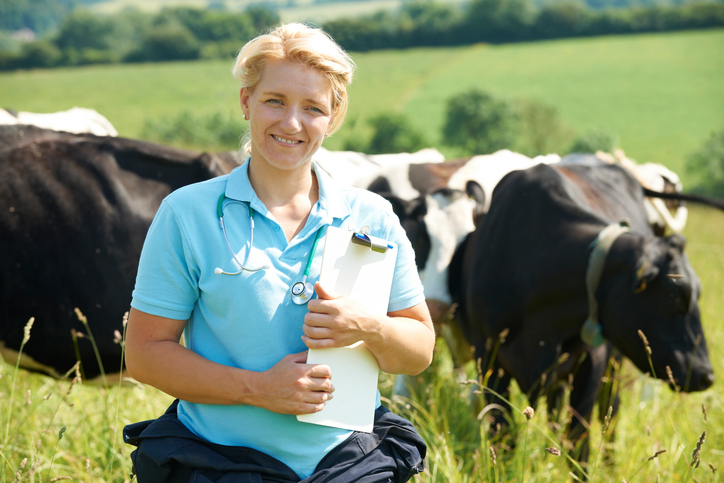Overview of Cryptosporidiosis in Poultry
- Cryptosporidiosis
- Overview of Cryptosporidiosis in Poultry
Cryptosporidiosis is caused by protozoa (phylum Apicomplexa) that are members of the family Cryptosporidiidae and are related, but distinct, to coccidia of the genera Eimeria, Isospora, Sarcocystis, and Toxoplasma. Until recently, it was thought that there were 19 species in the genus Cryptosporidium, but research has shown that most are merely species that lack host specificity. Cryptosporidia are parasitic in the intestine of mammals (see Cryptosporidiosis), but in birds they are commonly found in the bursa and in the respiratory tract. Cryptosporidiosis is more severe in turkeys than in chickens and is frequently fatal in quail.
The life cycle of Cryptosporidium involves asexual and sexual phases and culminates in oocyst production. In the host, the oocyst forms four sporozoites without sporocysts. The life cycle is not self-limiting, because some oocysts are thin-walled and release sporozoites (after trypsin/bile stimulation) that reinfect adjacent tissues. The endogenous cycle is short (4–7 days), the endogenous stages are small (4–7 μm), and the parasites are just beneath the epithelial cell membranes.
In turkeys and chickens, Cryptosporidium have been found in the sinuses, trachea, bronchi, cloaca, and bursa. The most common clinical signs include diarrhea and dehydration. In addition to diarrhea, the parasites can infect the respiratory tract and lead to coughing, gasping, airsacculitis, and sometimes death. Lungs become gray and wet. Signs may last several weeks.
Diagnosis is by microscopic examination of tissue scrapings or histologic examination of tissues from the bursa, cloaca, and trachea. The small (5 μm) oocysts can be diagnostic but are difficult to see. Concentration of intestinal scrapings using saturated sugar solution and examination by phase-contrast or interference-contrast microscopy may improve visualization. Positive identification should be performed by trained researchers or diagnosticians.
There are no satisfactory control measures except isolation and good sanitation. None of the known anticoccidial drugs is effective against Cryptosporidium spp. Unlike Cryptosporidium spp of other mammals, the avian species are not infectious to people.
Resources In This Article
- Cryptosporidiosis
- Overview of Cryptosporidiosis in Poultry




